

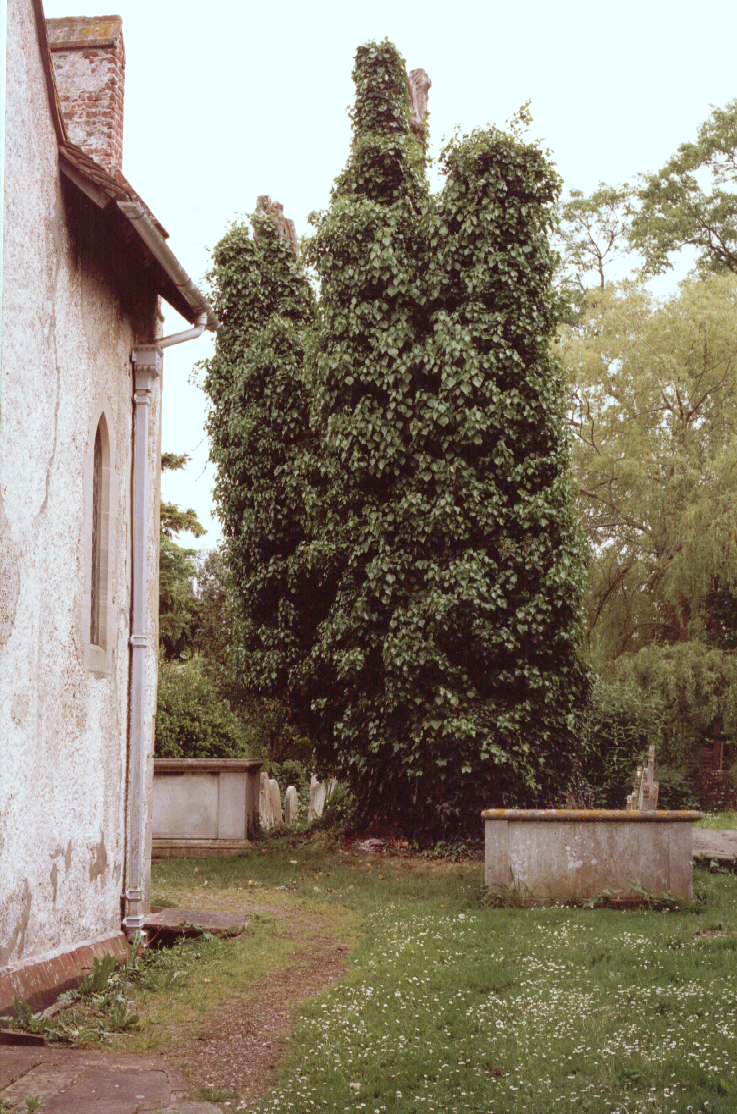
LOST YEWS Statistics relating to the loss of ancient yew trees have sometimes been misleading. This article brings into a single document information about our lost yews gathered over many years and from many sources. Research during 2025 has already brought to light more lost yews and the article will be updated in 2026.
Read more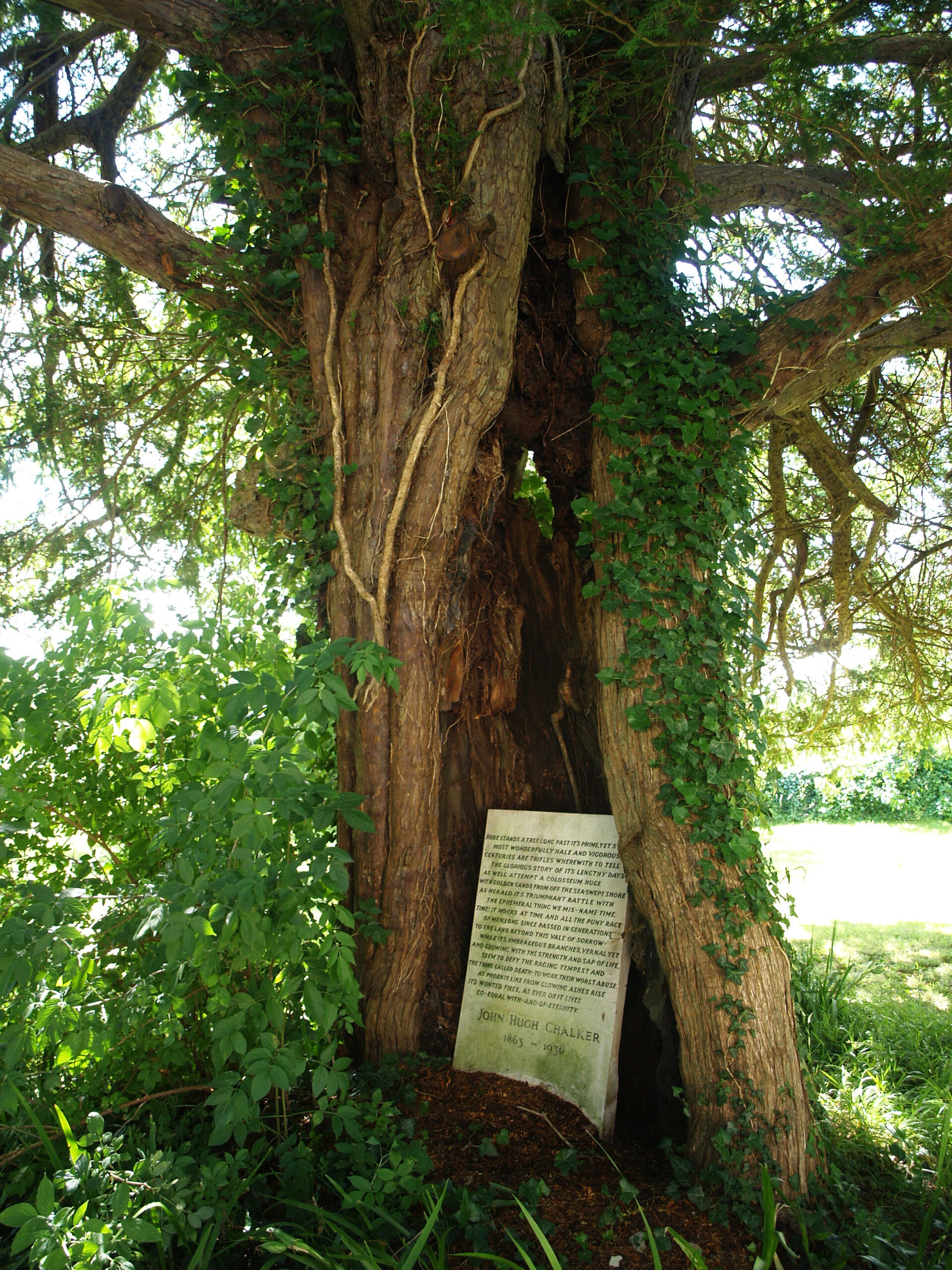
The many additions to our website during 2024 can be seen here. While the majority are classified as notable yews, there are at least 120 sites where ancient yews are recorded.
Read more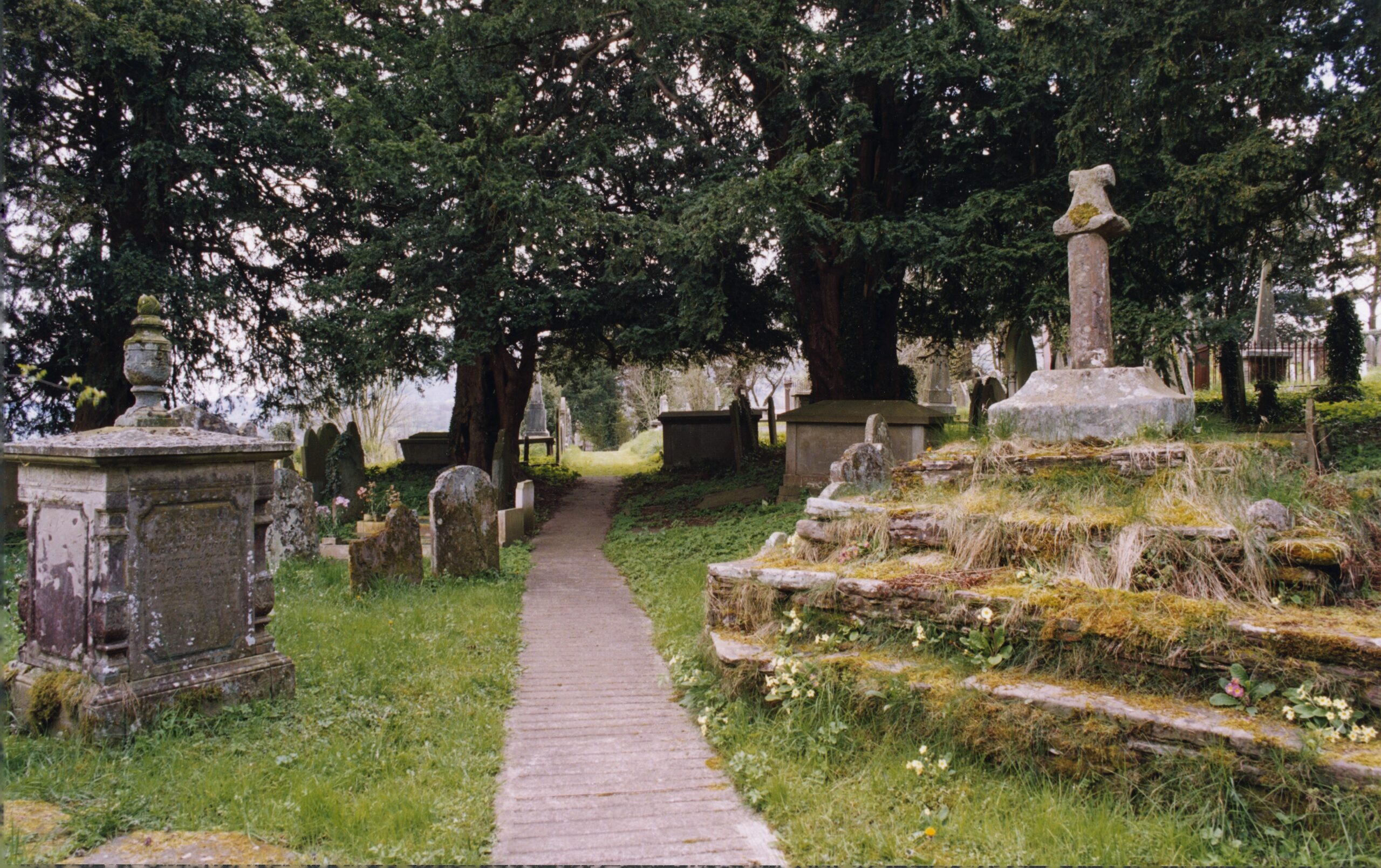
Welcome to the Ancient Yew Goup’s new website. We are grateful to David Alderman of TROBI who has overseen the project from start to finish, to Caring for God’s Acre who organised fund raising, and for generous individuals and organisations who have contributed to the cost. While there remain elements that are not yet complete, […]
Read more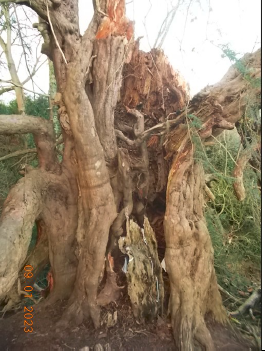
Following a major limb failure in April 2022 on the South-West side of the tree the remaining canopy has been exposed to prevailing winds. On Friday the 6th of January 2023 strong winds caused a major failure of the majority of the remaining crown. The fallen sections of the crown collapsed to the north/north-east across […]
Read more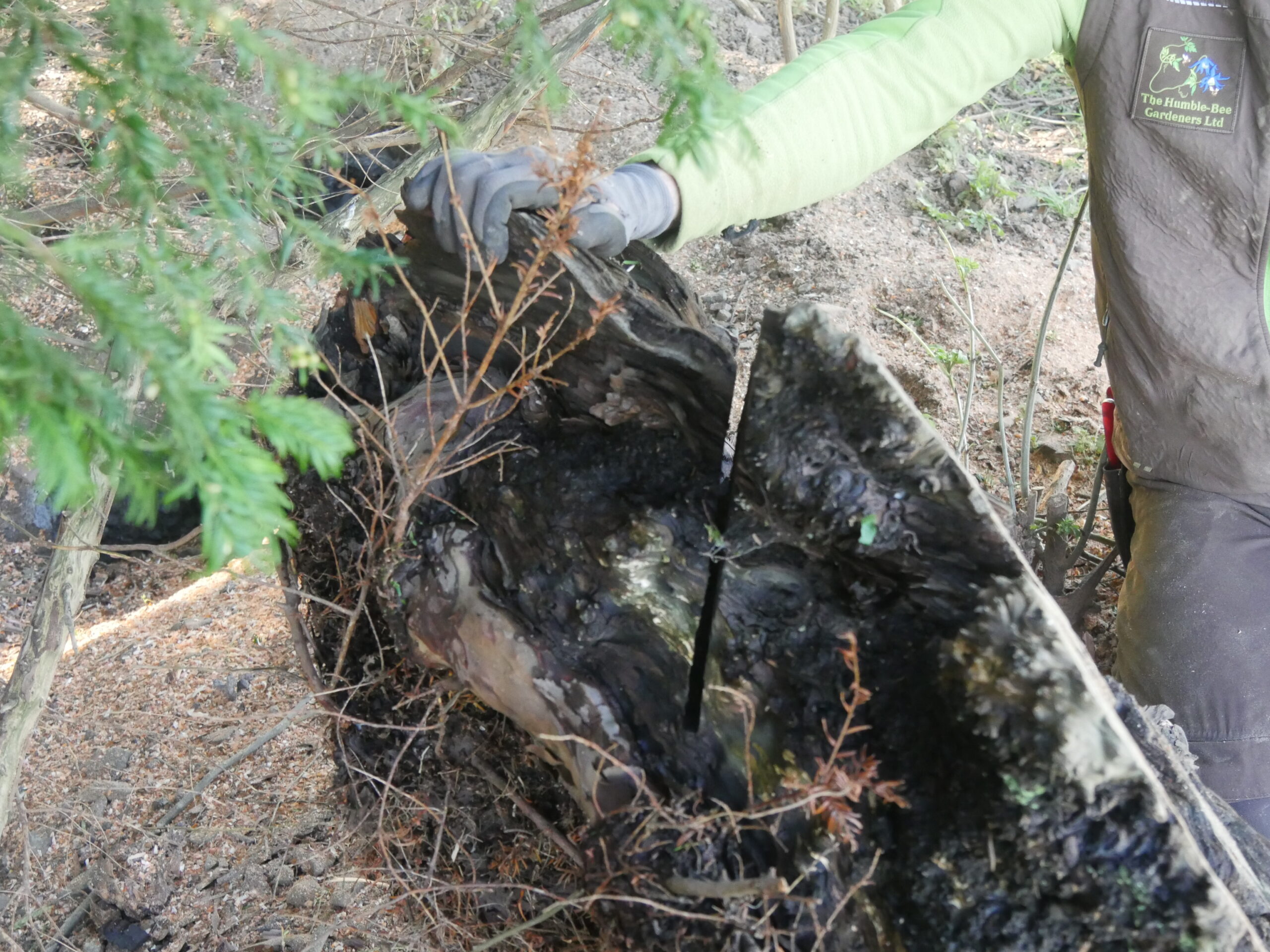
The Norman church of St Mary Magdalene at Leinthall Starkes stands in a remote location 8 miles SW of Ludlow. At the end of a long grassy track, the church is guarded by 4 ancient yews, 2 at the east and 2 at the west end of the church. In late 2021 a large branch […]
Read more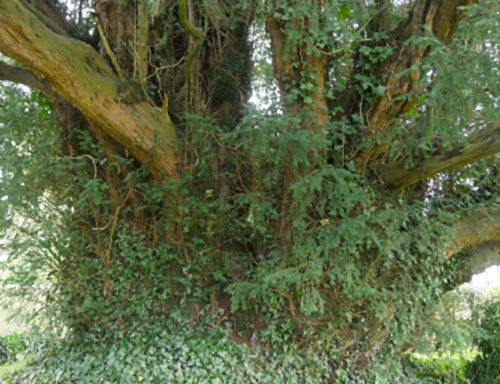
While we know there are still many undocumented yew sites to be found, to find a previously unrecorded Ancient (exceptional) specimen has happened to me only once during 25 years of documenting old yews. In November 2021 I visited the churchyard at Michaelston-le-Pit to discover this vast male tree, more than 9m in girth and […]
Read more